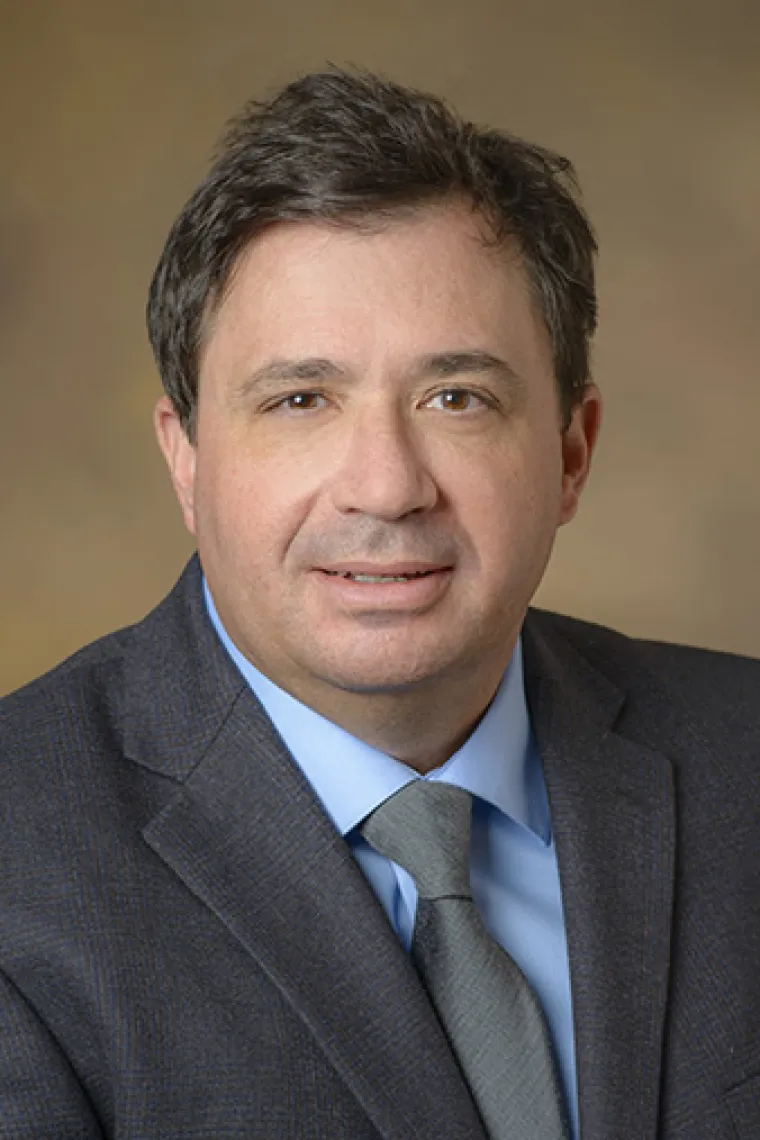Congratulations to Patty Jansma for her 2023 MSA award!
Patty Jansma, MS has been named the winner of the 2023 Hildegard H. Crowley Award, given by the Microscopy Society of America. The awards ceremony will be at the annual MSA meeting being held this year in Portland, OR.
Patty is currently the co-Manager of the Imaging Cores - Optical core facility (Research Innovation and Impact). She has over 4 decades of microscopy expertise and has managed microscopy core facilities for 33 years.
Per MSA "This Award annually honors a technologist from the Biological sciences who has made significant contributions, such as the development of new techniques that have contributed to the advancement of microscopy and microanalysis. A technologist is defined as an individual whose primary role is in microscopy and microanalysis tool development or service."



